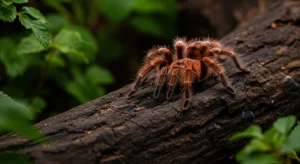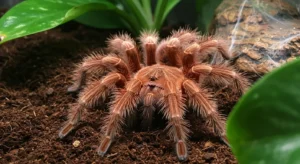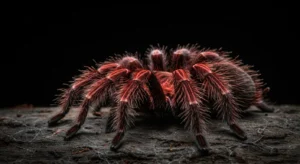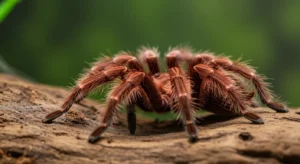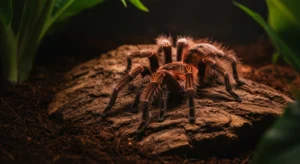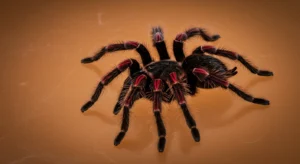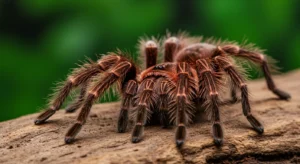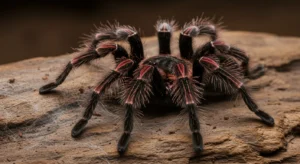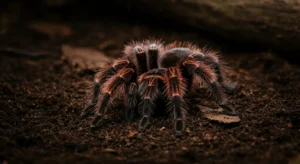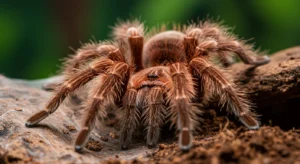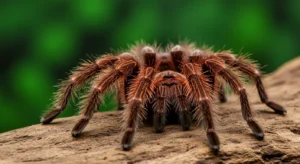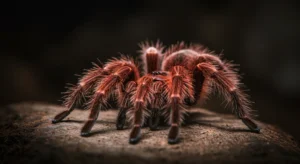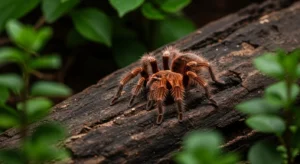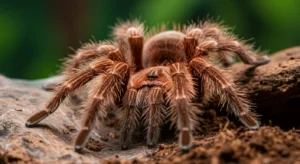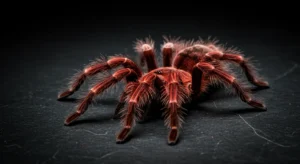body {
font-family: ‘Segoe UI’, Tahoma, Geneva, Verdana, sans-serif;
line-height: 1.6;
color: #333;
background-color: #f4f4f4;
margin: 0;
padding: 0;
}
.article-layout-container {
display: flex;
gap: 30px;
max-width: 1100px;
margin: 40px auto;
padding: 0 15px;
}
.article-content-main {
flex: 3;
min-width: 0;
}
.toc-sidebar {
flex: 1;
min-width: 200px;
height: fit-content;
position: sticky;
top: 20px;
background-color: #f8f9fa;
padding: 20px;
border-radius: 8px;
box-shadow: 0 2px 5px rgba(0,0,0,0.05);
}
.toc-sidebar h3 {
margin-top: 0;
margin-bottom: 15px;
font-size: 1.2em;
color: #34495e;
border-bottom: 1px solid #e0e0e0;
padding-bottom: 8px;
}
.toc-sidebar ul {
list-style: none;
padding: 0;
margin: 0;
}
.toc-sidebar li {
margin-bottom: 10px;
}
.toc-sidebar a {
text-decoration: none;
color: #2980b9;
font-size: 0.95em;
transition: color 0.2s ease;
}
.toc-sidebar a:hover,
.toc-sidebar a:focus {
color: #1a5276;
text-decoration: underline;
}
.article-container {
padding: 30px;
background-color: #fff;
border-radius: 8px;
box-shadow: 0 4px 8px rgba(0, 0, 0, 0.1);
}
.article-header img { /* This style is for the header image, which we are not using at the top */
width: 100%;
max-height: 350px;
object-fit: cover;
border-radius: 8px 8px 0 0;
margin-bottom: 20px;
}
.article-container h1 {
font-size: 2.5em;
color: #2c3e50;
margin-bottom: 15px;
border-bottom: 2px solid #3498db;
padding-bottom: 10px;
}
.article-container .tag {
display: inline-block;
background-color: #3498db;
color: #fff;
padding: 5px 15px;
border-radius: 15px;
font-size: 0.9em;
margin-bottom: 20px;
text-transform: uppercase;
letter-spacing: 0.5px;
}
.article-container h2 {
font-size: 1.8em;
color: #2980b9;
margin-top: 30px;
margin-bottom: 15px;
scroll-margin-top: 80px; /* Adjust based on potential fixed header height */
}
.article-container h3 {
font-size: 1.4em;
color: #34495e;
margin-top: 25px;
margin-bottom: 10px;
}
.article-container p {
margin-bottom: 15px;
color: #555;
text-align: justify;
}
.article-container ul,
.article-container ol {
margin-left: 20px;
margin-bottom: 15px;
padding-left: 20px;
}
.article-container li {
margin-bottom: 8px;
}
.article-container strong {
color: #2c3e50;
font-weight: 600;
}
.important-note {
background-color: #e8f6fd;
border-left: 4px solid #3498db;
padding: 15px;
margin: 20px 0;
border-radius: 4px;
}
.important-note p {
margin-bottom: 0;
}
.warning-note {
background-color: #fef5e7;
border-left: 4px solid #e67e22;
padding: 15px;
margin: 20px 0;
border-radius: 4px;
}
.warning-note p {
margin-bottom: 0;
}
.article-body img {
display: block; /* Ensures the image is treated as a block element for centering */
max-width: 100%; /* Ensures image doesn’t overflow its container */
height: auto; /* Maintains aspect ratio */
max-height: 400px; /* Optional: Limits maximum height */
object-fit: cover; /* Scales the image while preserving aspect ratio */
border-radius: 8px; /* Matches container style */
margin: 25px auto; /* Centers the image horizontally and adds vertical spacing */
box-shadow: 0 2px 5px rgba(0,0,0,0.1); /* Optional subtle shadow */
}
@media (max-width: 992px) {
.article-layout-container {
flex-direction: column;
}
.toc-sidebar {
position: static;
order: -1; /* Moves TOC to the top on smaller screens */
margin-bottom: 30px;
width: auto;
min-width: unset;
}
}
@media (max-width: 768px) {
.article-layout-container {
margin: 20px auto;
padding: 0 10px;
}
.article-container {
padding: 20px;
}
.article-container h1 {
font-size: 2em;
}
.article-container h2 {
font-size: 1.5em;
}
.article-container h3 {
font-size: 1.2em;
}
}
Tarantula Husbandry
The Ideal Habitat Setup for Your Chilean Rose Tarantula: Step-by-Step Guide
Introduction
The Chilean Rose Tarantula (Grammostola rosea) is a popular choice for beginner arachnid enthusiasts due to its generally docile temperament and relatively simple care requirements. However, providing the *correct* habitat is crucial for their health and well-being. This guide will walk you through setting up the perfect home for your terrestrial tarantula.
Choosing the Right Enclosure
Chilean Roses are terrestrial, meaning they live on the ground. Therefore, floor space is more important than height. Avoid tall enclosures, as a fall can be fatal to these heavy-bodied spiders.
- Type: Glass or plastic tanks (terrariums or modified storage bins) with secure, well-ventilated lids are ideal. Mesh lids are generally acceptable, but ensure the tarantula cannot chew through or get its feet stuck.
- Size: A good rule of thumb is an enclosure about 2-3 times the tarantula’s diagonal leg span (DLS) in width and length. For an adult Chilean Rose (typically 4-5 inches DLS), a 5-gallon or 10-gallon tank turned on its side (longer than tall) works well. Spiderlings can be housed in smaller deli cups or small plastic containers. Knowing the best enclosure size for Chilean rose tarantula species is key to preventing stress.
Substrate Selection
Substrate is the bedding material at the bottom of the enclosure. It should allow for burrowing and help maintain appropriate humidity levels.
- Good Choices: Coconut fiber (coir), peat moss, vermiculite, or a mix of these are excellent options. Avoid sand, gravel, or cedar/pine shavings (which are toxic).
- Depth: Provide at least 3-4 inches (7-10 cm) of substrate, possibly deeper, to allow your tarantula to burrow if it chooses. While *G. rosea* isn’t a prolific burrower compared to some species, the option should always be available.
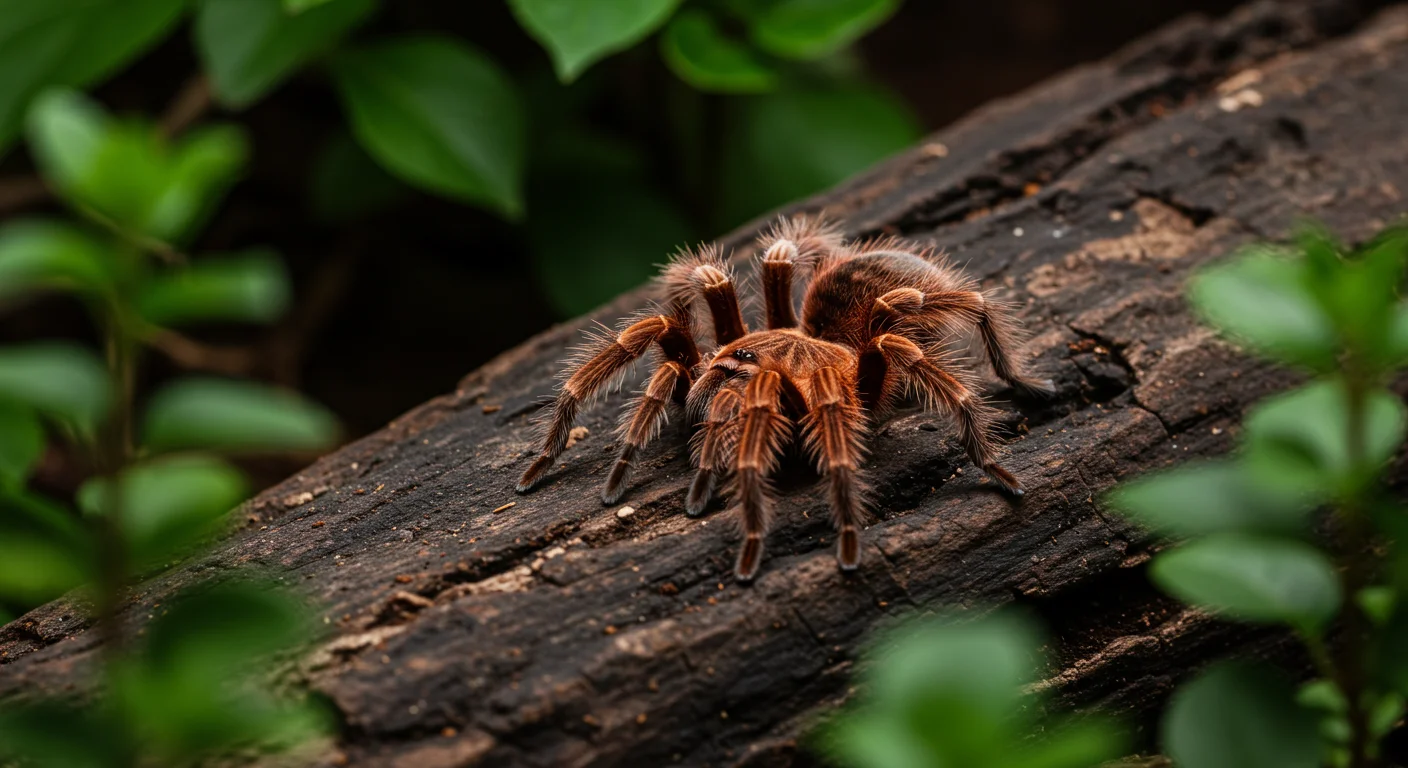
Hides and Decor
A secure hiding place is essential for a tarantula to feel safe. Stress can negatively impact their health.
- Hide Options: Half-logs of cork bark, curved pieces of bark, half-buried terracotta pots, or commercially available reptile hides work well. Ensure the hide is sturdy and won’t collapse.
- Decor: Artificial plants or sanitized natural elements like twigs (ensure no pesticides) can be added for aesthetics and anchor points for webbing, but keep the enclosure relatively simple to monitor your pet easily.
Water Dish
Even though tarantulas get moisture from their food, a shallow water dish should always be available.
- Type: A shallow, wide dish (like a plastic lid or ceramic saucer) is best. Ensure it’s not deep enough for the tarantula to drown.
- Maintenance: Keep the dish clean and filled with fresh water. Do *not* use sponges or gel crystals, as these can harbor bacteria and pose drowning risks.
Temperature and Humidity
Chilean Rose Tarantulas are quite hardy and generally thrive at room temperature.
- Temperature: Ideal range is 70-80°F (21-27°C). They can tolerate slightly cooler or warmer temperatures for short periods, but avoid extremes. Supplemental heating is usually unnecessary unless your home is consistently below 65°F (18°C). If needed, use an under-tank heater (UTH) attached to the *side* of the tank (not underneath) and regulated by a thermostat.
- Humidity: Aim for around 60-70%. This can usually be maintained by slightly moistening a portion of the substrate and keeping the water dish full. Avoid overly damp conditions, which promote mold growth. Over-misting is usually not necessary and can stress the tarantula. Understanding [proper substrate depth for Grammostola rosea](https://www.lopehare.com/tarantula-medical-information/) helps maintain humidity.
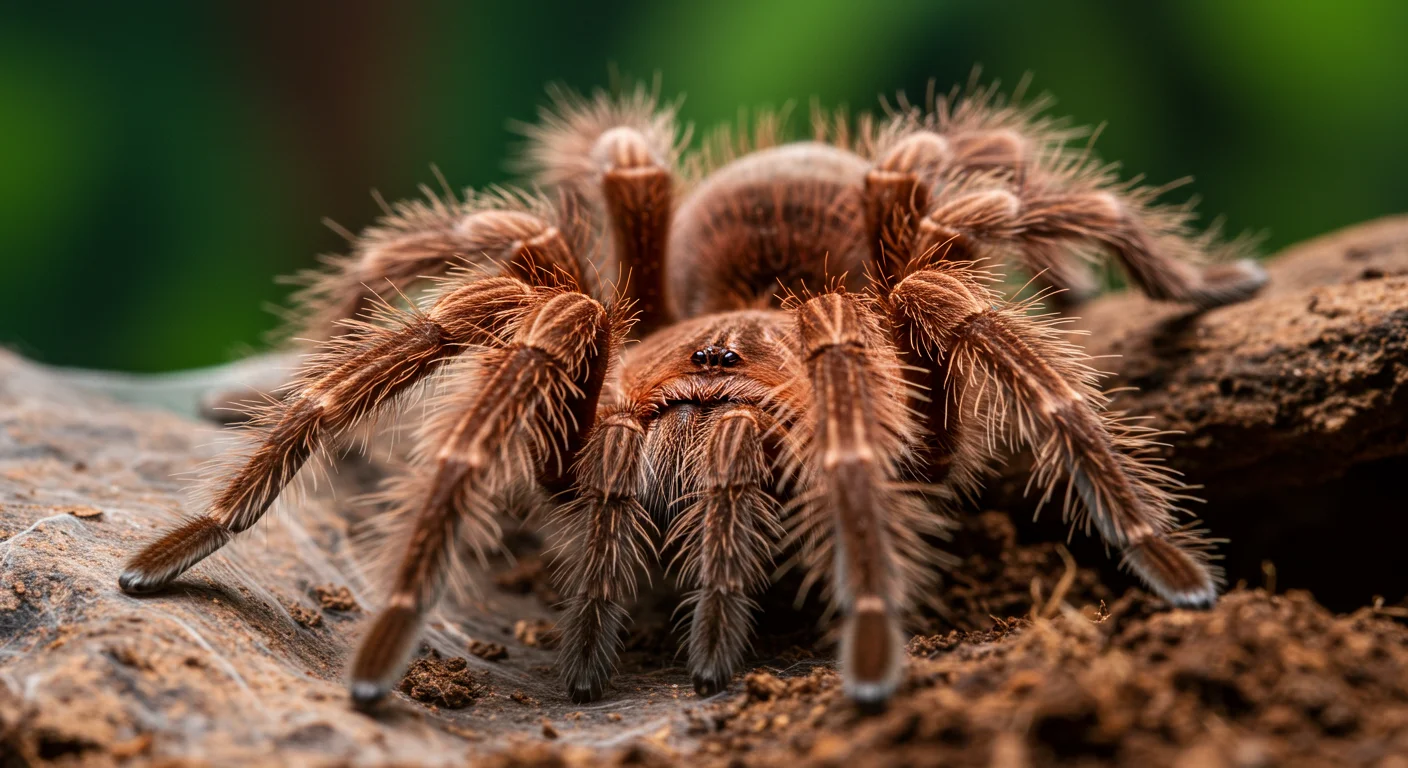
Putting It All Together
- Clean the enclosure thoroughly.
- Add the chosen substrate to the desired depth. Pack it down gently.
- Place the hide securely, perhaps slightly buried in the substrate.
- Position the shallow water dish.
- Add any other chosen decor.
- Introduce your tarantula gently into its new home.
- Secure the lid.
Placement: Keep the enclosure in a quiet area away from direct sunlight, heavy vibrations, and drafts.
Conclusion
Setting up an appropriate habitat is the first and most crucial step in responsible Chilean Rose Tarantula ownership. By providing the correct enclosure size, substrate, hide, water source, and maintaining stable temperatures and humidity, you create a safe and comfortable environment for your fascinating pet to thrive for many years.
Information on tarantula classification and general characteristics referenced from Wikipedia – Tarantula.
